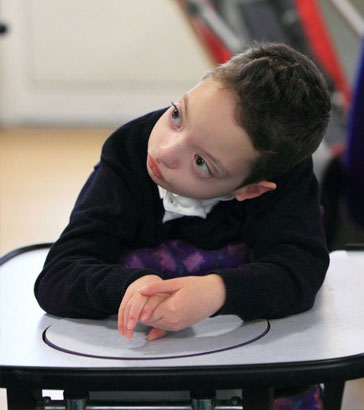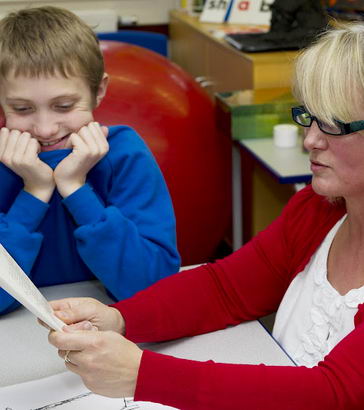
Student engagement represents both the time and energy that students invest in educationally purposeful activities, and
the effort that institutions devote to using effective educational practices.
Kuh et al, 2008

How can we tell if a child is really learning?
It is impossible for us to see what a child is thinking or how or what the child is learning.
And yet we can see and hear when a child
is engaged.
This is why strong engagement skills lie at the heart of effective learning.
In this clip, Bailey is unable to communicate his needs
through speech.
Think about the video clip of Bailey, what have you seen and heard? In what ways does Bailey show that he is engaged?
Look at the next page to find out more.
You may have seen Bailey:
- Looking at the objects on the table;
- Feeling/pushing objects around;
- Looking down/away from the adult;
- Showing brief engagement/interest when the objects were taken out of the covering and he could
see them; - Showing emotion (anger, distress, confusion, dislike) through waving his arms and head, making noises and looking and walking away from the table.

Kuh, G., Cruce, T.M., Shoup, R. and Kinzie, J. (2008) Unmasking the Effects of Student Engagement on First-Year College Grades and Persistence, The Journal of Higher Education, 79, (5) 540-563, Ohio: Ohio State University Press.
.jpg)